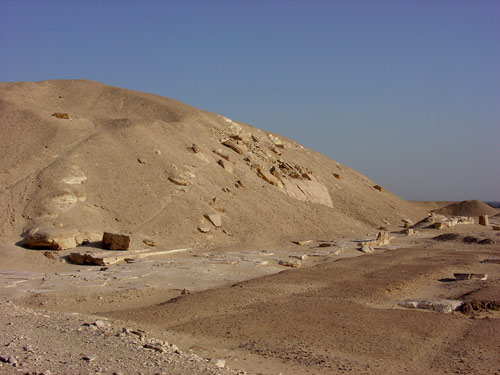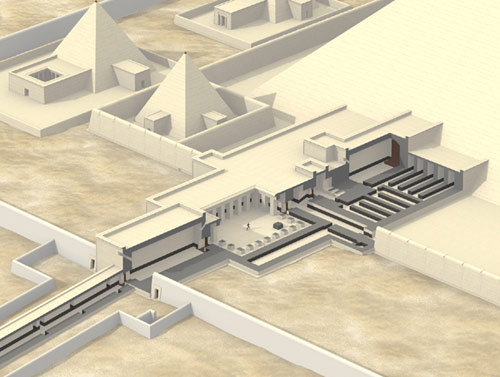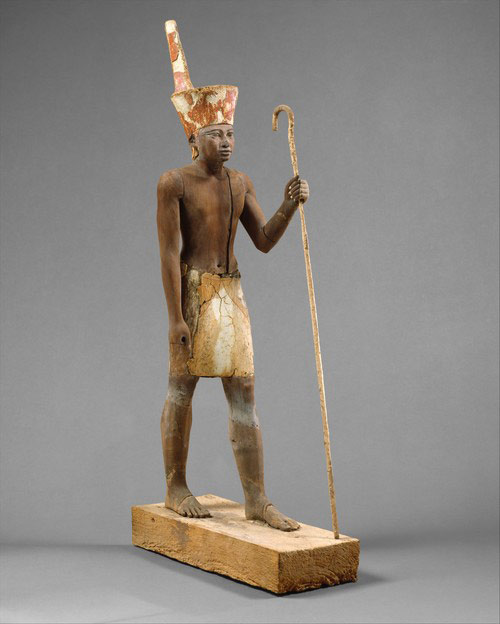 Traveling Exhibitions
Traveling Exhibitions Traveling Works of Art
Traveling Works of Art Conservation Projects
Conservation Projects Excavations
Excavations Fellows
Fellows Exchanges & Collaborations
Exchanges & Collaborations Multiple Items
Multiple Items
The Met Around the World presents the Met’s work via the global scope of its collection and as it extends across the nation and the world through a variety of domestic and international initiatives and programs, including exhibitions, excavations, fellowships, professional exchanges, conservation projects, and traveling works of art.
The Met Around the World is designed and maintained by the Office of the Director.
Traveling
Exhibitions
The Met organizes large and small exhibitions that travel beyond the Museum's walls, extending our scholarship to institutions across the world. See our national and international traveling exhibition program from 2009 to the present.
Traveling
Works of Art
The Met lends works of art to exhibitions and institutions worldwide to expose its collection to the broadest possible audience. See our current national and international loans program.
Conservation
Projects
The preservation of works of art is a fundamental part of the Met's mission. Our work in this area includes treating works of art from other collections. See our national and international conservation activities from 2009 to the present.
Excavations
The Met has conducted excavations for over 100 years in direct partnership with source countries at some of the most important archaeological sites in the world. Today we continue this tradition in order to gain greater understanding of our ancient collections. See our national and international excavation program from the Met's founding to the present.
Fellows
The Met hosts students, scholars, and museum professionals so that they can learn from our staff and pursue independent research in the context of the Met's exceptional resources and facilities. See the activities of our current national and international fellows.
Exchanges & Collaborations
The Met's work takes many forms, from participation in exchange programs at partnering institutions and worldwide symposia to advising on a range of museum issues. These activities contribute to our commitment to advancing the work of the larger, global community of art museums. See our national and international exchange program and other collaborations from 2009 to the present.
 Metropolitan Museum excavators at the pyramid of Senwosret I in the early twentieth century.
Metropolitan Museum excavators at the pyramid of Senwosret I in the early twentieth century. The pyramid of Senwosret I.
The pyramid of Senwosret I. Digital reconstruction of the pyramid temple of Senwosret I. Computer rendering by Dave Johnson.
Digital reconstruction of the pyramid temple of Senwosret I. Computer rendering by Dave Johnson.
Funerary Guardian Figure
Middle Kingdom, Dynasty 12, reign of Amenemhat II–Senwosret II, ca. 1919–1885 B.C. or 1887–1878 B.C.
Egypt, Memphite Region, Lisht South, Mastaba of Imhotep, MMA 1914
Rogers Fund and Edward S. Harkness Gift, 1914 (14.3.17)

Egypt
1907–1934, 1984–1989
Senwosret I (ca. 1961–1917 B.C.), the son and successor of Amenemhat I, built his pyramid complex about one mile to the south of his father's monument at Lisht. Access to Senwosret I's burial chambers was through a sloping passage on the north side of the pyramid; the chambers have been filled with groundwater since at least the nineteenth century and are therefore unexplored. On the east side of the pyramid was a large limestone temple with a complex series of rooms decorated with reliefs. Surrounding the king's pyramid were nine smaller pyramids built for queens and princesses; the largest belonged to a woman named Neferu, who was likely Senwosret I's mother. A long, decorated causeway connected the desert pyramid complex to the cultivated land.
Beyond the enclosure walls of the pyramid complex were numerous tombs built by the high officials and other residents of Itj-tawy, Egypt's capital in the Middle Kingdom. Among the most important tombs was that of a man named Senwosretankh, who had a long series of religious texts carved into the walls of his burial chamber. The mastaba of Imhotep included two beautiful wood figures dressed in royal garments. The tomb of the vizier Mentuhotep, discovered in 1988, contained one of the most stunning painted sarcophagi of the Middle Kingdom.
Senwosret I's complex shows clearly that architects had closely examined pyramid complexes dating to the end of the Old Kingdom. In particular, architectural features and elements of wall decoration were directly inspired by these earlier prototypes. The Senwosret I complex marks a moment of archaism and retrospection before the changes that occur later in the Middle Kingdom. These transformations are particularly apparent in the pyramid complex of Senwosret III at Dahshur, site of an ongoing Metropolitan Museum excavation.
Made possible by The Adelaide and Milton de Groot Fund, in memory of the de Groot and Hawley Families.

